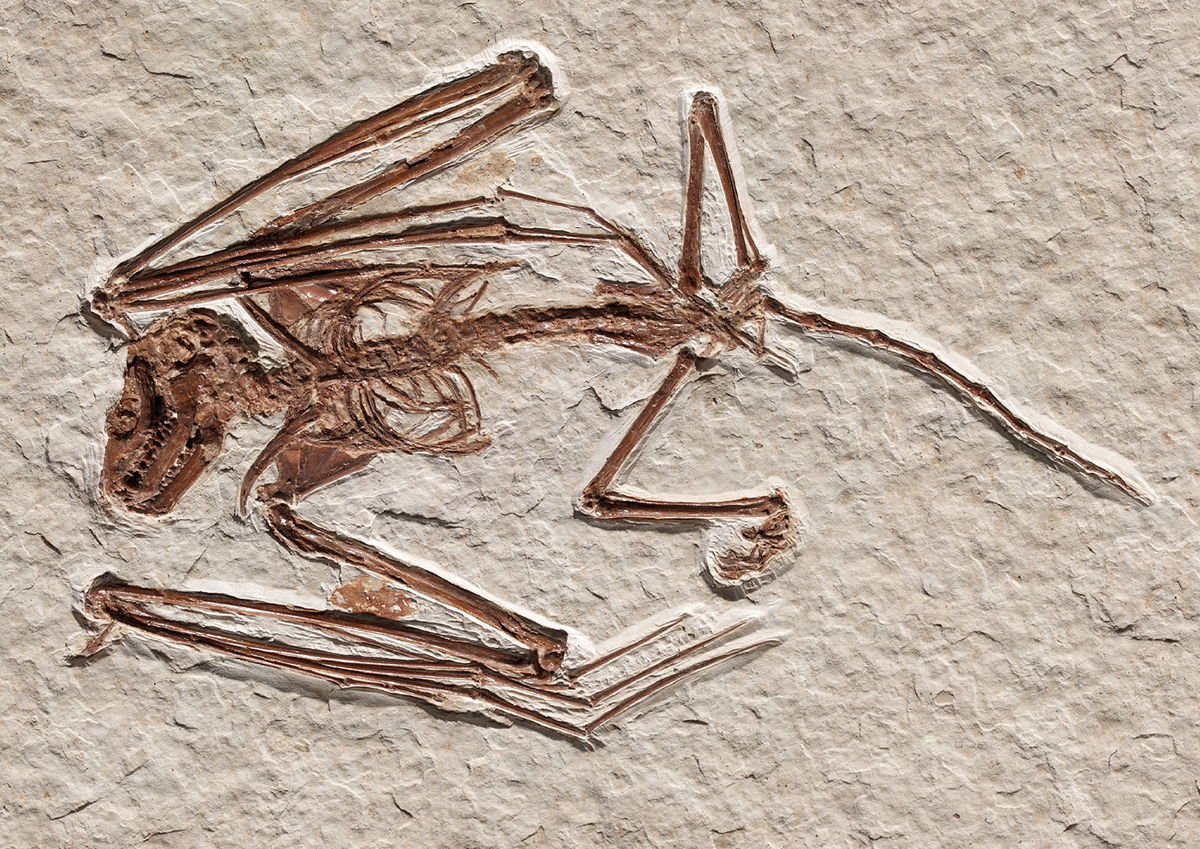New mission launches to explore three icy moons that could support life

By Ashley Strickland, CNN
The universe is filled with so many wonders that it’s easy to lose sight of the celestial treasures in our own cosmic backyard.
The James Webb Space Telescope recently shared a stunning new image of Cassiopeia A, the colorful glowing remains of an exploded star that first appeared in our skies 340 years ago.
The Ingenuity helicopter just completed a record-breaking 50th flight on Mars, nearly two years after becoming the first chopper to soar on another planet.
And Jupiter, the largest planet in our solar system, and three of its moons will receive a visit from a new spacecraft in the not-so-distant future.
These moons could contain hidden oceans beneath their icy crusts — and they might be the best bet for finding life outside of Earth.
Other worlds
The European Space Agency’s Juice, or Jupiter Icy Moons Explorer, mission launched Friday on an eight-year journey to the gas giant.
Once there, Juice will spend 3½ years orbiting Jupiter and three of its icy moons: Callisto, Ganymede and Europa. Juice will be able to determine whether the worlds contain oceans underneath their ice shells and whether those bodies of water could be habitable.
Juice will also use its suite of 10 instruments to unravel some of the greatest mysteries still surrounding Jupiter, such as how the gas giant formed and the ways its hostile environment affects its moons.
We are family
The face of an Egyptian man who lived 35,000 years ago has been revealed, thanks to digital imaging.
Archaeologists first discovered his remains in 1980 in Egypt’s Nile Valley, and an analysis identified him as a man of African ancestry between 17 and 29 years old.
A team of Brazilian experts conducted facial approximation using his skull, piecing together what his features looked like in life.
The man had a stronger jaw than those of modern humans, but he otherwise looks like someone we might encounter today.
Fantastic creatures
When an Asian elephant named Pang Pha arrived at the Berlin Zoo as a baby in 1987, she was fed bananas.
But unlike other elephants that pick up bananas and eat them as is, peel and all, Pang Pha enjoyed snacking on bananas that her caretakers peeled for her. Then, she learned how to peel the fruit herself using her trunk.
The elephant is the focus of a new study about how the massive animal controls and uses her trunk, which contains a dense network of muscles, enabling the appendage to serve as both a nose and upper lip and perform delicate tasks.
When scientists came to watch Pang Pha, she only peeled certain bananas — and she has a clever way of freeing the fruit from the peel.
Back to the future
Sci-fi films have a way of foreshadowing or inspiring science breakthroughs that are just a few steps away from becoming reality.
The 1997 movie “Gattaca,” which depicts a society obsessed with genetic perfection, was released about 15 years before CRISPR-Cas9 made its debut as a tool used to make precise edits to human DNA.
Meanwhile, movies like “Her” and “M3GAN” show what can happen when humans become a little too closely connected with artificial intelligence.
Which movies match the scientific and technological strides we’ve made, and which ones are still firmly planted in the fictional realm? See what experts had to say about the sci-fi films that got it right as well as the ones that don’t.
Once upon a planet
Two fossils found in an ancient lake bed belong to a previously unknown bat species — and they were so tiny, each specimen could fit in the palm of a person’s hand.
The 52 million-year-old skeletons are the most ancient bat fossils documented by scientists, and they are so remarkably intact that the specimens still include teeth.
Typically, bat skeletons don’t preserve well because they’re small, light and fragile, and that makes it difficult to trace their history.
Scientists think the discovery could help fill a gap in the mysterious evolutionary history of the winged creatures.
Curiosities
We bet these stories will also pique your interest:
— A fireball created a sonic boom last week as it blazed across the sky and landed near the US-Canada border. A museum in Maine is offering $25,000 to anyone who finds the space rock.
— Traces of plant substances that cause delirium were found in 3,000-year-old strands of human hair, suggesting that Bronze Age people used psychoactive drugs.
— A paper airplane designed by Boeing engineers just broke a world distance record.
— Astronomers shared a sharper, “skinny” doughnut version of the first photo captured of a supermassive black hole, originally taken in 2019.
The-CNN-Wire
™ & © 2023 Cable News Network, Inc., a Warner Bros. Discovery Company. All rights reserved.
Like what you’ve read? Oh, but there’s more. Sign up here to receive in your inbox the next edition of Wonder Theory, brought to you by CNN Space and Science writers Ashley Strickland and Katie Hunt. They find wonder in planets beyond our solar system and discoveries from the ancient world.

